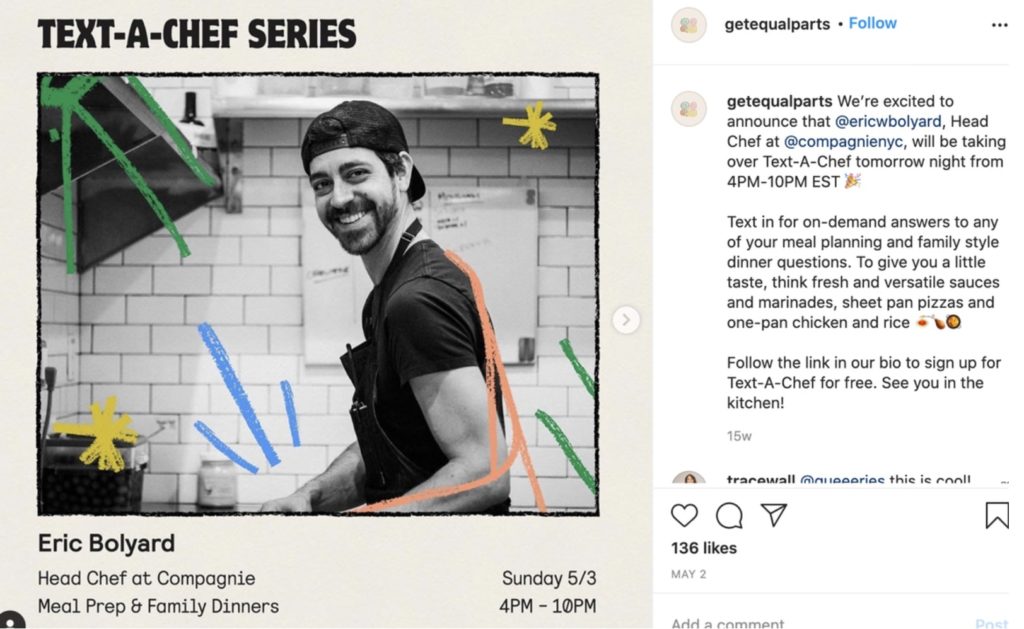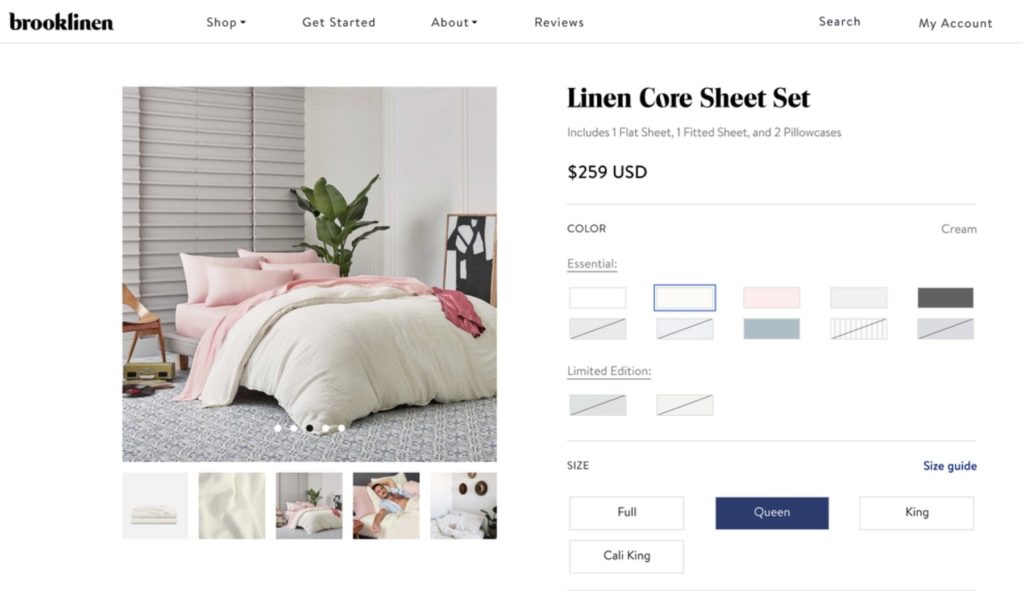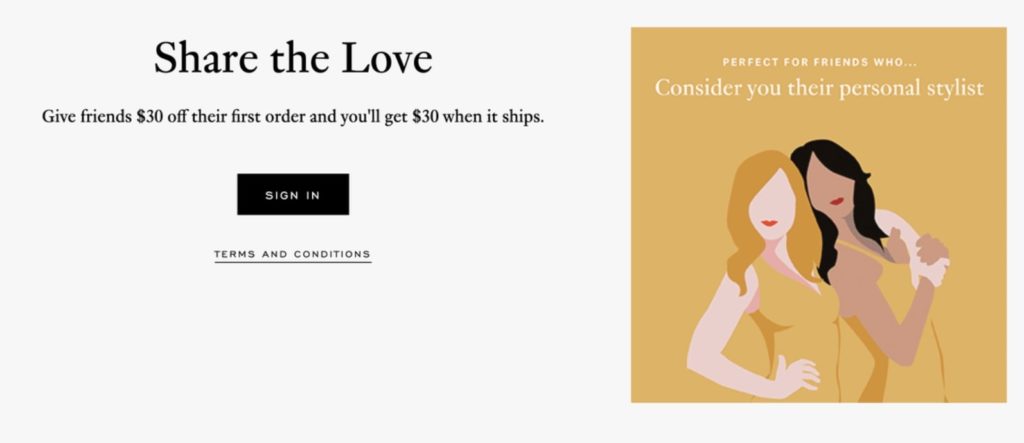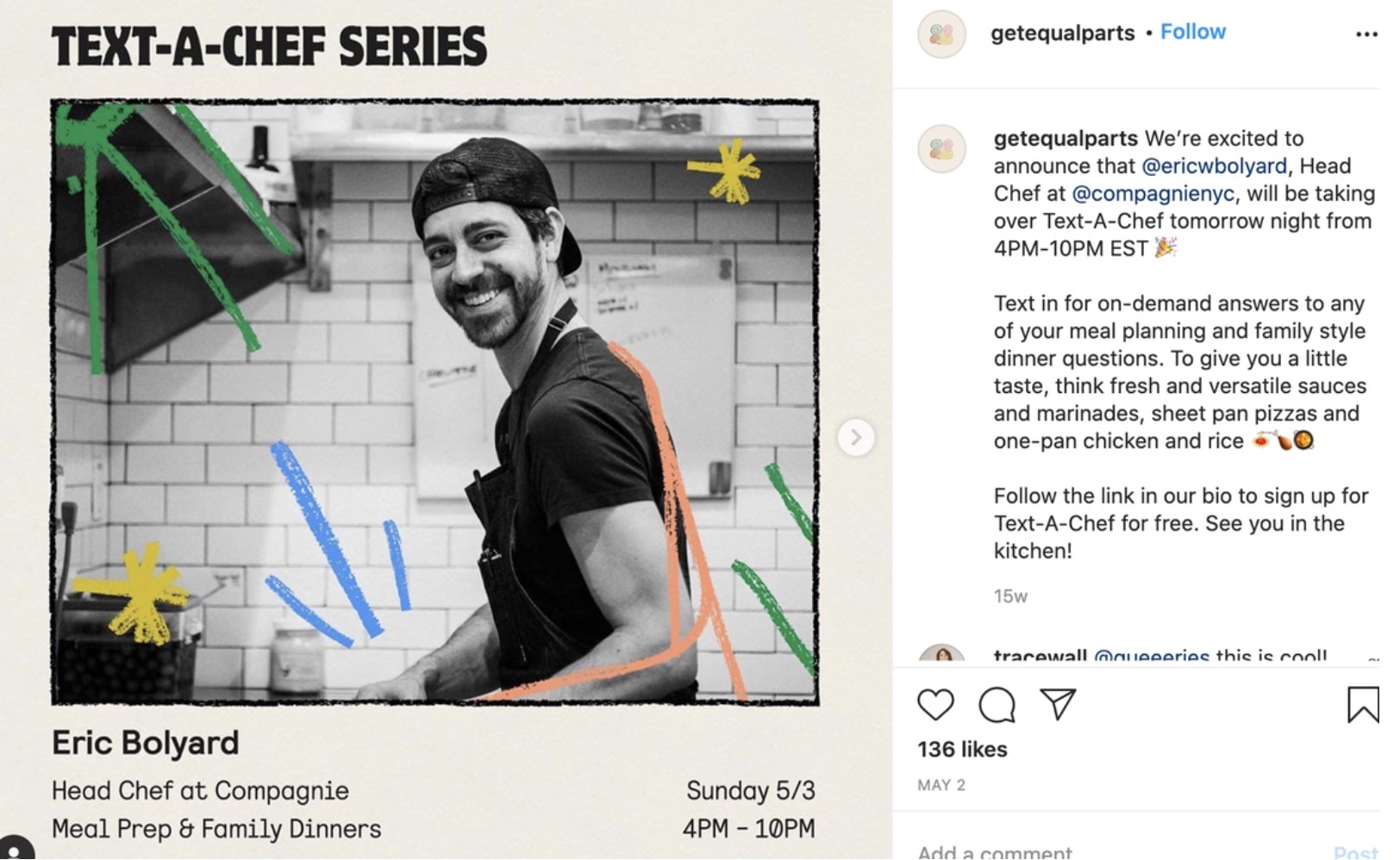A decade ago, internet ads were cheap, and direct to consumer companies grew like weeds. Now the advertising landscape has become significantly more expensive, and only the strong or creative brands will survive.
The early 2010s were marked by emerging DTC brands selling everything from toothbrushes to mattresses. Generous VC investments and underpriced social media advertising meant that brands like HelloFresh could drop a considerable chunk of their budget on customer acquisition. A constant influx of new customers meant they could ignore sky-high churn rates. Unrelenting growth was the name of the game.
Since then, a flood of copycat competitors and rising ad costs have made customer acquisition significantly more costly, to the point where it’s now outpacing customers’ lifetime value. Cautionary tales like Outdoor Voices, which, before it imploded, hemorrhaged $2 million a month to bring in $3 million in sales, are making investors wise up to the dangers of out-of-control customer acquisition costs. Companies are now adopting more sustainable, sometimes slower, growth strategies to acquire and keep customers for the long term.
Brands can combat the rising cost of customer acquisition by thinking outside the traditional models of customer acquisition and retention. Here are four brands that are defying the current cost-inflation narrative through savvy business models and marketing.
Equal Parts Invents “Direct-with-Consumer” Marketing
While plenty of DTC companies push products at millennials, Equal Parts takes a different approach. The company doesn’t just sell cookware; it also sells customers an ongoing relationship with the brand through coaching and community building.
Pattern, Equal Parts’ parent company, used to be a DTC marketing agency. When the company pivoted to brand creation, they kept their innovative marketing sensibility. Instead of simply selling products to consumers, they decided to foster a back-and-forth conversation with their customers. They call this strategy Direct-WITH-Consumer marketing. Pattern views their customers as teammates, working together to overcome a common obstacle: twenty-first-century burn-out culture.
Equal Parts is targeting just one aspect of this overarching issue: making home cooking more enjoyable. They sell pots and pans made of durable, recyclable materials, but that’s not all. Each purchase comes with eight weeks of unlimited access to a “cooking coach.” Customers can text their coach with cooking questions, get help finding recipes, and get a confidence boost.

The cooking coach is a way for Equal Parts to draw out the customer relationship and turn it into more of a partnership between company and customer. There’s also a helpful, recipe-stuffed blog, as well as social media events that are available to anyone, not just customers. The next time that person needs a new spatula or frying pan, you can bet they will think of Equal Parts first.
Brooklinen Uses Data to Give Customers Exactly What They Want
When Rich and Vicki Fulop launched Brooklinen on Kickstarter, their idea was simple: sheets that were both affordable and high quality. It struck a chord with consumers: the Fulops set out to raise $50K for their business and ended up with $250K!
Since then, Brooklinen has maintained a laser-like focus on figuring out what consumers want and giving them exactly that. It saves the company big on customer-acquisition costs and helps them retain customers as well: 40% of their revenue comes from loyal repeat customers.
There’s no guesswork in the Brooklinen model; all decisions are based on hard data. Before launching their product, the founders visited department stores and interviewed shoppers about what they were looking for in their bedding. The pair then used that data to design a product that included features that consumers cared about (like using fair-trade materials) and eschewed details that they didn’t (expensive embroidery).

Despite their Kickstarter success, Brooklinen bootstrapped their early marketing efforts. They relied on surveys and analytics data to narrowly target their marketing to their most likely customers and cut out inefficient spending. They targeted micro- and macro-influencers by delivering sheets with handwritten notes. They used analytics and constant testing to hone their social media ad spends to be as effective as possible.
Their approach was successful, but even though the company has rapidly grown, they still rely on hard data to stay attuned to customer needs and preferences. Brooklinen’s entire website was designed based on customer preferences, as was their brick-and-mortar store. They use polls, site analytics, and A/B testing to test the validity of new product offerings. Based on their findings, they confidently launched a line of comfortable sleepwear.

-Referral Marketing – The Best Practices You Need to Know
Written by veteran referral marketers, this guide will help you optimize your referral marketing program and supercharge growth.
Get the GuideRent the Runway Leans on Word-of-Mouth Marketing
Four little words lie at the heart of Rent the Runway’s marketing strategy: “I love your dress!” The company leverages referral marketing and word-of-mouth advertising to bring in a steady stream of new customers, while spending very little. A jaw-dropping 94% of Rent the Runway’s customers come from organic marketing.
The beautiful designer clothing RTR rents to its customers is well suited to word-of-mouth marketing. Customers frequently post photographs of themselves at events using RTR’s branded hashtags. RTR then amplifies the content across their own social media channels. They spend a small amount boosting Instagram and social media ads, but the bulk of their publicity is earned.
RTR also lets customers post photos and reviews of the clothing on their site. Sharing helps build trust in their product and gives consumers a better idea of how the clothes fit and feel. Anushka Salinas, President of RTR, once said, “Our most effective marketing is sharing the experiences women have in Rent the Runway”.

While one-off outfit rentals create lots of social media fodder, RTRs real moneymaker is its subscription service, where women can receive a set number of designer pieces each month. The main driver for this is the referral program. Users can refer a friend, help them get $30 off, and receive $30 off themselves. Not only does this help recruit new users, but these users are stickier, too. Customers acquired through referral have a 37% higher retention rate than those acquired through other means.
Bombas Appeals to Customer Altruism
How do you justify charging $18 for a pair of socks? By making the people who buy them feel like they’ve done a good deed.
Bombas donates a pair of socks to the homeless for each pair that the company sells. This charitable mission isn’t just an afterthought; it is baked into the Bombas origin story. When the two founders read that socks are among the most requested items by homeless shelters, they came up with the idea for the sock company. The socks themselves are luxurious and meticulously engineered, but the feel-good aspect is a major part of the company’s marketing.

Other companies with similar one-for-one donation policies, like Toms shoes, have run afoul of the ethics police. They’ve been accused of “guilt-laundering,” turning people’s good intentions into corporate profits with little evidence of actual benefit. Bombas has managed to side-step this accusation by keeping their donations stateside and well documented. When COVID-19 hit, Bombas pivoted to donating socks to frontline health care workers.
By elevating their social mission to the forefront of their value proposition, Bombas makes their customers feel good. Customers who feel good about themselves are more likely to be repeat customers and natural evangelists. One of the company’s most profitable streams is corporate gifting. Companies buy the socks in bulk, because gifting them conveys a socially conscious message.
Direct-to-Consumer Brands Grow by Focusing on Customer Relationships
With competition stiffer then ever before, and investors warier of unstable investments, brands need to find creative ways to grow while still keeping customer acquisition costs down.
Keeping CAC costs low isn’t just about finding cheap ways to reach new customers, it’s also about using the quality of your products, service, or brand to keep them coming back. Instead of constantly paying for an influx of fresh blood to the company, extending each customer’s lifetime helps your company grow faster and more sustainably.
Focus on forming customer relationships that go beyond the initial transaction. The four brands mentioned above are perfect examples of how customers remain loyal when they feel valued. Even better, they’re more likely to become evangelists for your brand. Boosting your product through referral programs and word of mouth also lowers your acquisition costs. It’s the start of a long, mutually beneficial relationship.




